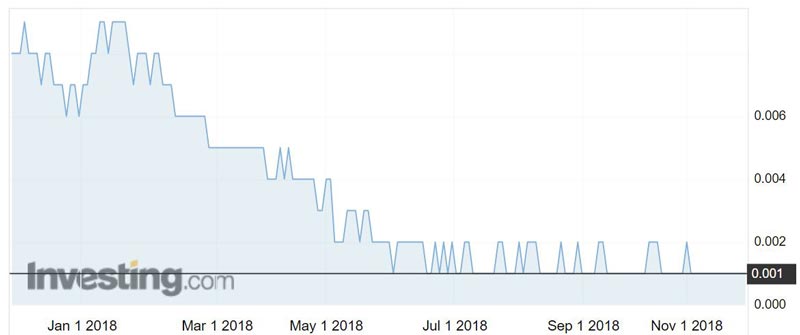Shareholder activism is rife for miners; these are the latest small caps to tackle it
Mining
Mining
There are an increasing number of miners facing board spills and some have been luckier than others.
Gold producer Troy Resources (ASX:TRY) has kept its board intact after it escaped a second strike against its remuneration report.
Under the “two-strikes” law, if a company receives a no vote of 25 per cent or more against its remuneration report for two consecutive years, shareholders can then vote to call a meeting to potentially spill the board.
Troy was facing a potential second strike at Monday’s meeting but only 14.9 per cent of votes were cast against the remuneration report.
This meant shareholders were not required to vote on whether the company should hold a spill meeting.
Troy received its first strike at last year’s AGM after 43.8 per cent of the votes rejected the remuneration report.
Meanwhile, struggling minnow Austpac Resources (ASX:APG) has been able to delay a meeting to vote one of its directors out.
The company told investors today that the rebel shareholder group had agreed to defer the extraordinary general meeting for four weeks to “allow discussions for a suitable remedy”.
Austpac received a “249D” notice last week from shareholders with a collective stake of 17.5 per cent that want one of the directors removed.
The company did not say which director the shareholder group wanted evicted.
In the past year Austpac’s share price has slipped from a 52-week high of 1c to a low of 0.1c.

Managing director Michael Turbott told Stockhead the group’s issue with Austpac was “non-performance so far of trying to clinch the deals we’ve been working on”.
But he is hopeful Austpac won’t need to hold a meeting.
“The requisition is on hold and will be dealt with next year — if it’s dealt with at all I think it will be resolved,” he said.
Austpac also received its first strike with a 37 per cent vote against its remuneration report at last week’s AGM.
The company is testing its zinc iron recovery process to prove it can commercially produce pig iron, zinc oxide and strong hydrochloric acid from iron and zinc oxide-rich furnace dusts with spent pickle liquor from the steel industry.